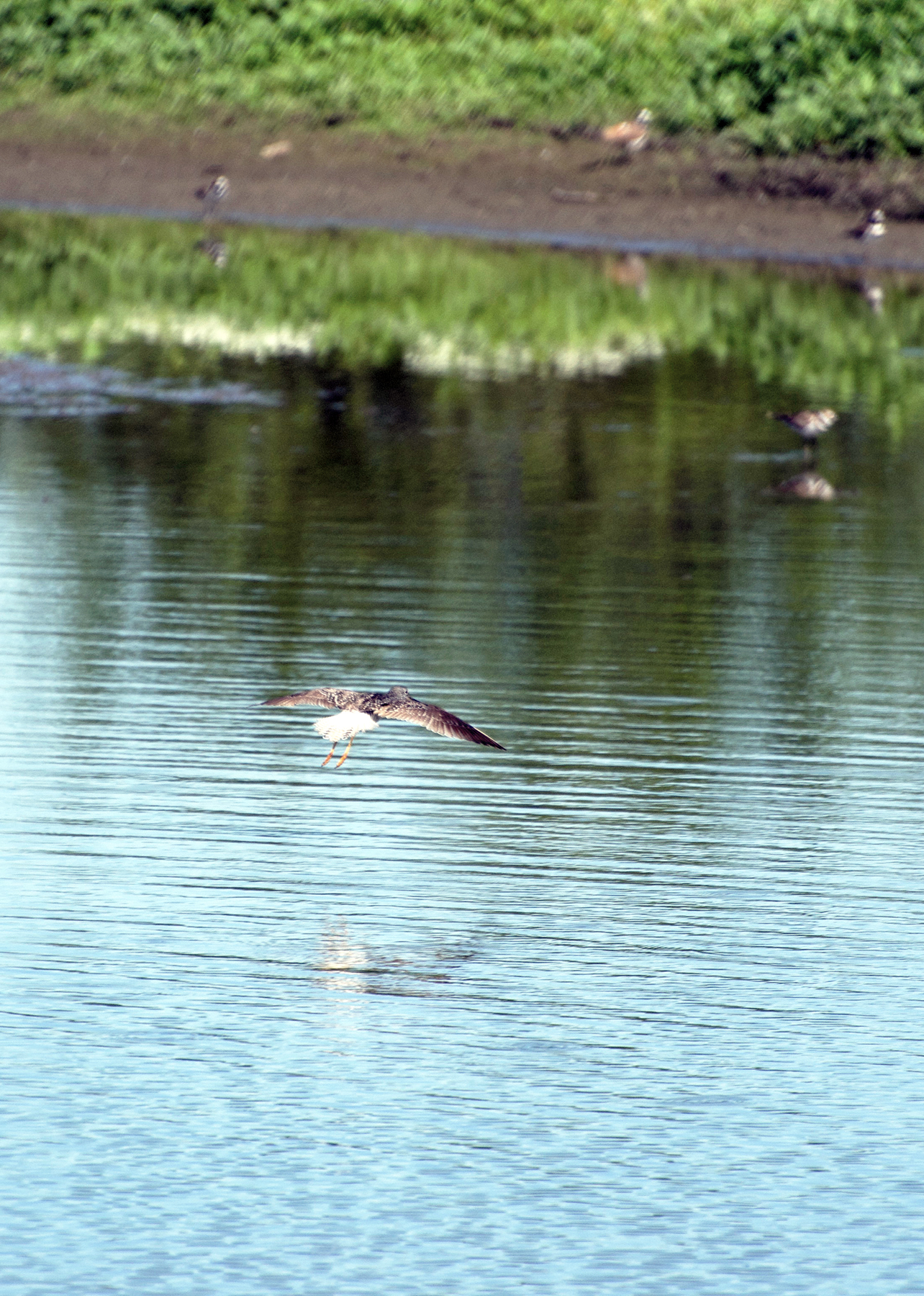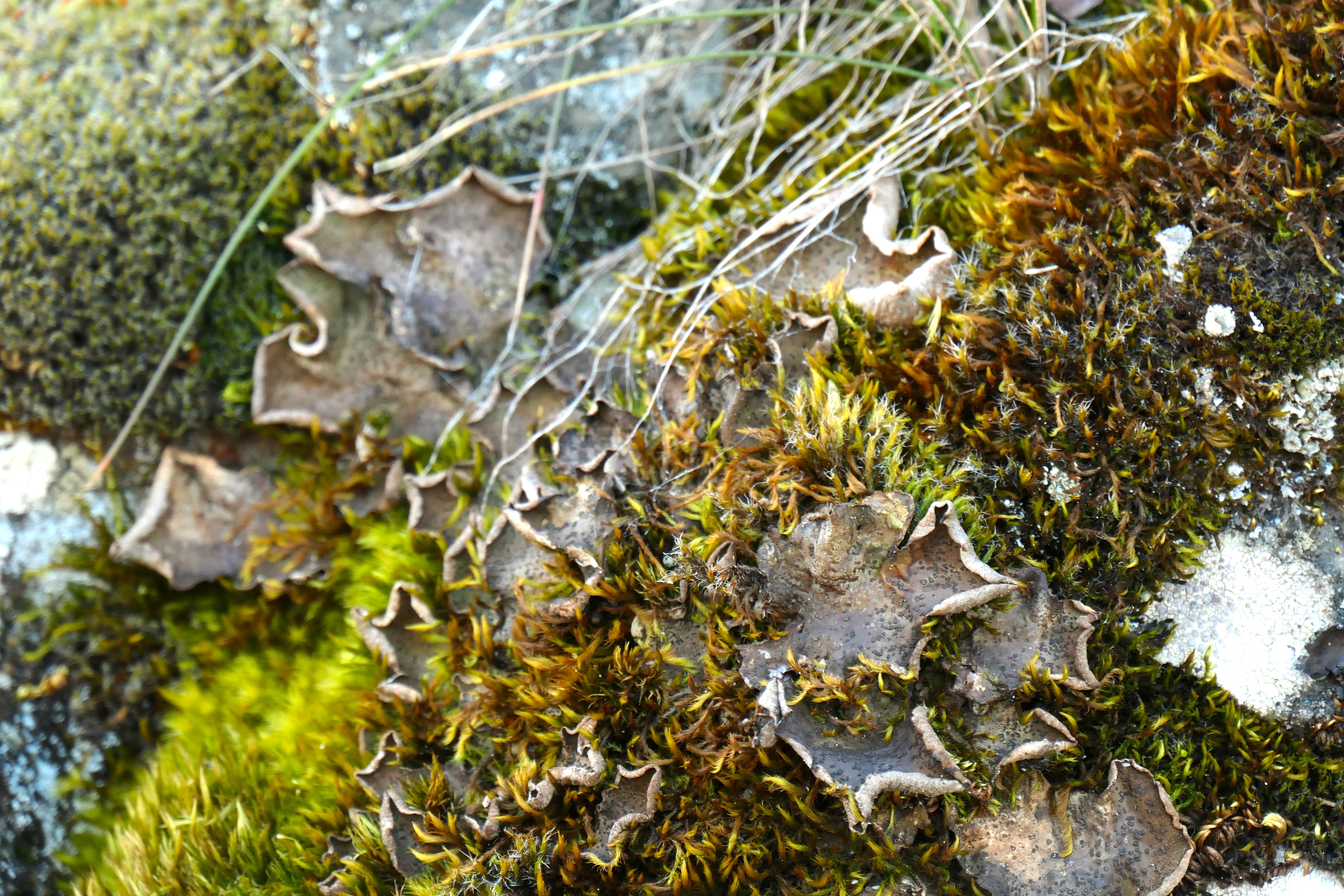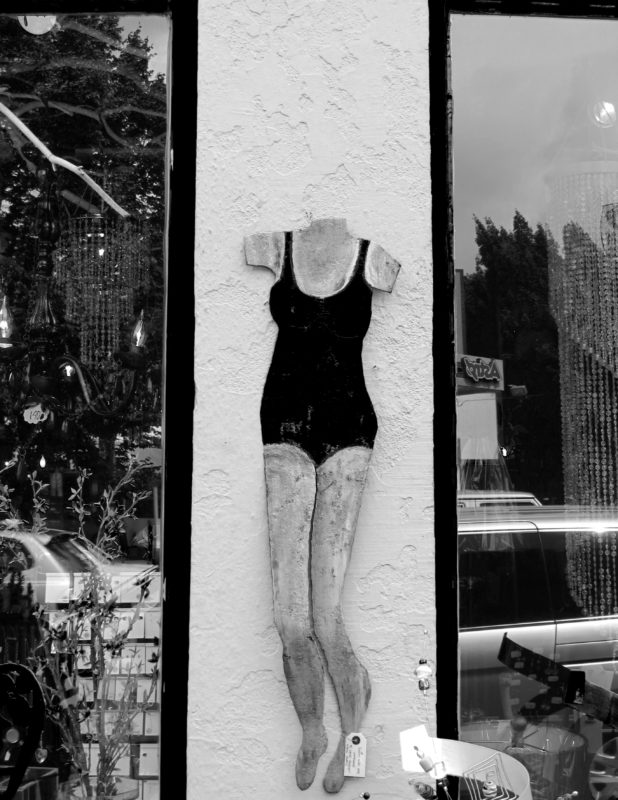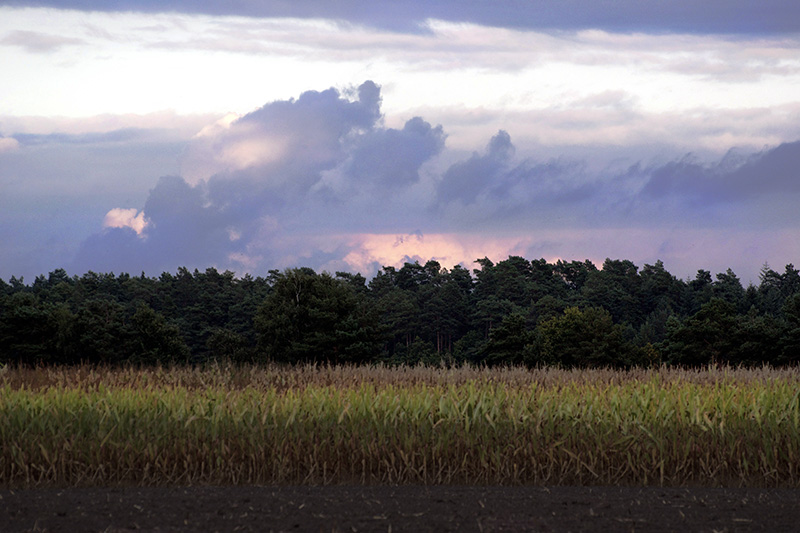I have written about crows before, describing my fascination with and admiration for corvids.
New research results have the birds back on my mind, as did observing their antics during a short walk on the beach when the air cleared.

The newest neurobiological evidence claims that crows have a kind of consciousness previously believed to only exists in humans and macaque monkeys. Should we trust those claims? They are based on the the fact that the 1.5 billion neurons in a crow’s brain are architecturally arranged in similar ways as are our’s, and that they seem to fire in a similar manner to our’s when we consciously experience something or relate that we are experiencing something.

I am always weary of the “if it looks like a duck and it quacks like a duck, it must be a duck!” kind of arguments pursuing the quest to find ourselves in other forms of life. To equate forms of neuronal reactions to our human consciousness is a huge step; I would be much happier if people cautiously formulated that along a continuum of reacting to a stimulus directly on one end to having thoughts about one’s reaction, or being aware of one’s thoughts on the other end of the scale, some biological entities approach us more closely than others, but all in degrees.

There is no question that corvids are extremely smart, but why insist that their experience is the same as ours, when you are a scientist? Let’s leave that to the poets. And none has done a better job of pursuing crows as conscious, questing heroes than Ted Hughes in his book Crow, From the Life and Songs of a Crow (1970.) Recovering from the loss of his wife through suicide, he responded to the American artist Leonard Baskin’s request to write a collection that would complement Baskin’s crow-focussed artwork.
Crow, born from a nightmare in the story, is an ultimately inadequate hero on a quest. Lots of mythological and folkloric tidbits are woven into the narrative, and this little hero is very much like a traditional trickster, challenging, funny, amoral, sometimes destructive and always sharp.


Here is one of Hughes’ poems that fits perfectly with my recent observations of crows (and brought home how many birds I am sorely missing) at the edge of the ocean:


Aware of their thoughts or not, they sure know how to survive, and seem to have fun while at it. My kind of model!
Music today was inspired by Hughes’ book – the piece by Benjamin Dwyer is called Crow’s Vanity. For a bit more cheerful enjoyment let’s have Charlie Parker guide us into the weekend with Ornithology.











































 On Monday we mentioned evidence that face recognition follows different rules than other forms of recognition and is served by specialized brain tissue. But what are those rules?
On Monday we mentioned evidence that face recognition follows different rules than other forms of recognition and is served by specialized brain tissue. But what are those rules?














 There seems to be no evidence whatsoever at this point that GMO engineered food is bad for you or for the animals fed with it. People have crossbred for centuries, and now they are doing it more efficiently and with required hoops of testing. What is the net environmental impact, you might ask? Do herbicide resistant crops increase the use of herbicides? Yes they do, but they also reduce the need for tilling the soil, which is bad for it and releases CO2 into the environment. It becomes a question of agricultural diversification – if you plant a mix of GMO and non-GMO crops you are ahead in terms of producing more food and doing so economically, without hurting the environment. The same is true for insecticide engineered crops: they reduce the need to spray those poisons, but they might increase the number of resistant bugs. Note that BT, the insecticide from a bacterium that has been added, is widely used by organic farmers in its original form since it is deemed environmentally safe. Again, sustainable strategies would call for a mix of both kinds of crops.
There seems to be no evidence whatsoever at this point that GMO engineered food is bad for you or for the animals fed with it. People have crossbred for centuries, and now they are doing it more efficiently and with required hoops of testing. What is the net environmental impact, you might ask? Do herbicide resistant crops increase the use of herbicides? Yes they do, but they also reduce the need for tilling the soil, which is bad for it and releases CO2 into the environment. It becomes a question of agricultural diversification – if you plant a mix of GMO and non-GMO crops you are ahead in terms of producing more food and doing so economically, without hurting the environment. The same is true for insecticide engineered crops: they reduce the need to spray those poisons, but they might increase the number of resistant bugs. Note that BT, the insecticide from a bacterium that has been added, is widely used by organic farmers in its original form since it is deemed environmentally safe. Again, sustainable strategies would call for a mix of both kinds of crops.






